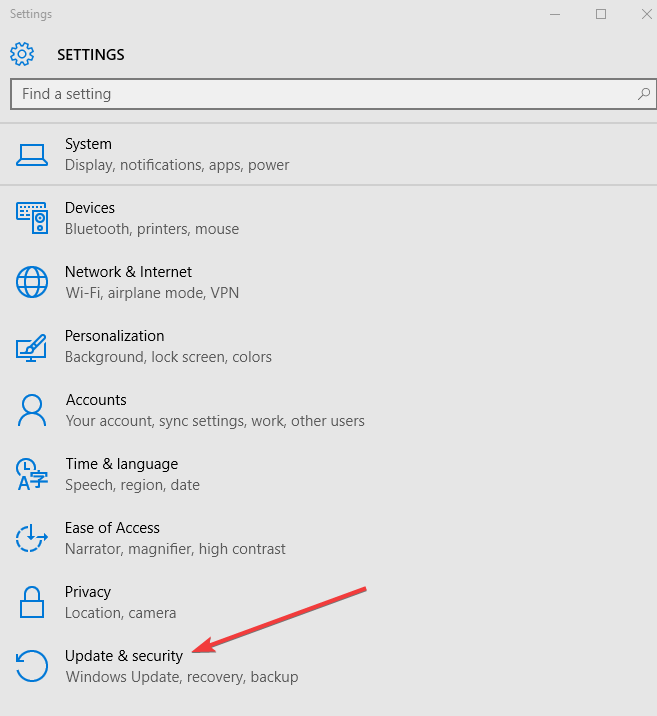

Now create a shortcut to this batch file and optionally assign a Hotkey and an Icon.
/cdn.vox-cdn.com/uploads/chorus_image/image/58290635/Screen_Shot_2018_01_10_at_5.22.20_PM.0.png)
This is in Control Panel > Power Options > whichever "Active" Power Plan > Change Plan Settings > Turn off the display setting (minutes).įor example in my laptop m1 = 10 and m2 = 30. Replace m1 and m2 with the idle time for switching off your display in the control panel. START /MIN /WAIT C:\Windows\System32\scrnsave.scr -sĬ:\Windows\System32\powercfg.exe -Change -monitor-timeout-dc m1Ĭ:\Windows\System32\powercfg.exe -Change -monitor-timeout-ac m2 bat ending):Ĭ:\Windows\System32\powercfg.exe -Change -monitor-timeout-dc 1Ĭ:\Windows\System32\powercfg.exe -Change -monitor-timeout-ac 1 As Sushonon Sinha writes on Microsoft, you'll need to create a batch file (copy and paste the code below into Notepad, then save the file with a. On Windows, unfortunately, you have to use a workaround. On newer Macs that don't have optical drives, try Control + Shift + Power. On Macs, luckily the shortcut is built-in: Hit Control + Shift + Eject. Let's say you want to put your computer monitor(s) to sleep without putting the entire computer to sleep, for example, if you're downloading something overnight or otherwise need the computer on but not the display.


 0 kommentar(er)
0 kommentar(er)
